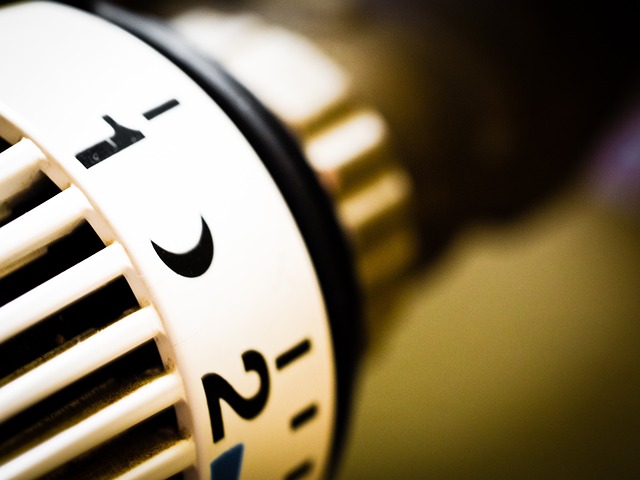Energy-aware adjustments that lower fuel use without losing comfort
Small, practical changes to heating systems can reduce fuel use while keeping indoor comfort stable. This article outlines maintenance steps and operational adjustments—focused on furnace, boiler, thermostat, airflow, filters, vents, combustion, inspection, diagnostics, and servicing—to support measurable energy efficiency.

Energy-aware adjustments to a home’s heating systems can lower fuel use without sacrificing comfort by combining routine servicing, simple behavior changes, and targeted diagnostics. Whether you rely on a furnace or a boiler, a coordinated approach that includes thermostat management, attention to airflow and vents, timely filter changes, and combustion inspections will maintain warm rooms while improving overall energy efficiency. Below are practical steps and explanations for common systems and components to help homeowners and local services prioritize effective measures.
Furnace tune-ups and combustion checks
Regular furnace servicing keeps burners clean and combustion balanced, which reduces wasted fuel and prevents soot buildup that lowers heat transfer efficiency. A technician performing combustion diagnostics checks flame patterns, CO levels, and burner operation; correcting small issues often improves furnace efficiency by ensuring fuel is turned into heat rather than exhaust. Homeowners can help by keeping the area around the furnace clear and noting unusual noises, smells, or cycling patterns that suggest the need for inspection. Proper combustion not only conserves energy but also supports safer indoor air quality and longer equipment life.
Boiler maintenance and efficiency tactics
Boilers require attention to water chemistry, pressure settings, and heat exchanger condition to run efficiently. Flushing sediments, checking pump operation, and insulating exposed piping reduce heat loss in distribution. For systems with zoning, balancing pressures and bleed valves ensures even heat delivery, so rooms reach set temperatures without prolonged run times. Regular diagnostics to detect leaks, corrosion, or improper combustion settings prevents energy waste. Simple adjustments, like lowering boiler temperature settings during milder weather and scheduling annual inspections, help preserve comfort while cutting fuel consumption.
Thermostat strategies for steady comfort
A properly programmed thermostat reduces runtime without noticeable comfort loss. Using setback strategies of a few degrees during sleep or absence limits fuel use, while modern smart thermostats or consistent schedules avoid overcompensation and short cycling. Place thermostats away from drafts, vents, or direct sunlight to ensure accurate readings. Integrating the thermostat with zoning controls or remote sensors can improve perceived comfort by matching heating to occupied areas, allowing lower overall setpoints and improved energy efficiency across the home.
Airflow, vents, and distribution balance
Blocked vents and poor airflow make heating systems work harder and longer to reach comfort levels. Keep vents and registers unobstructed and ensure vents are open in frequently used rooms. Regularly check supply and return pathways; dirty filters or restricted ducts reduce airflow and degrade furnace or boiler performance. For homes with ductwork, sealing leaks and insulating ducts that run through unconditioned spaces reduces distribution losses. Proper airflow improves heat distribution and reduces the time and fuel needed to maintain a comfortable temperature.
Filters, inspections, and diagnostics schedule
Changing filters at manufacturer-recommended intervals maintains airflow and reduces strain on blowers and heat exchangers. During inspections, technicians should run diagnostics on controls, ignition, and safety interlocks, and verify combustion efficiency where applicable. Periodic inspections spot early signs of wear, intermittent faults, or control issues that can cause excess fuel use. Keeping a routine calendar—seasonal filter checks and annual full-system diagnostics—helps ensure consistent energy-efficient operation and can extend the useful life of equipment.
Servicing practices that support energy efficiency
Consistent servicing—cleaning heat exchangers, calibrating thermostats, tightening electrical connections, and adjusting gas pressure—eliminates small inefficiencies before they escalate. A service visit that includes diagnostics can find imbalances in combustion or airflow that are not obvious in everyday operation. For older units, servicing may reveal whether targeted repairs or component replacements will yield meaningful efficiency gains. When arranging work, choose qualified technicians who document diagnostics and clearly explain energy impacts of recommended actions.
Conclusion Energy-aware heating adjustments combine routine maintenance, informed thermostat use, and targeted diagnostics to lower fuel use while preserving comfort. Attention to combustion quality, airflow, filters, vents, and regular servicing results in steadier indoor temperatures with less wasted energy. Establishing a simple inspection and maintenance schedule helps maintain efficiency over time and supports more predictable, comfortable heating performance.






